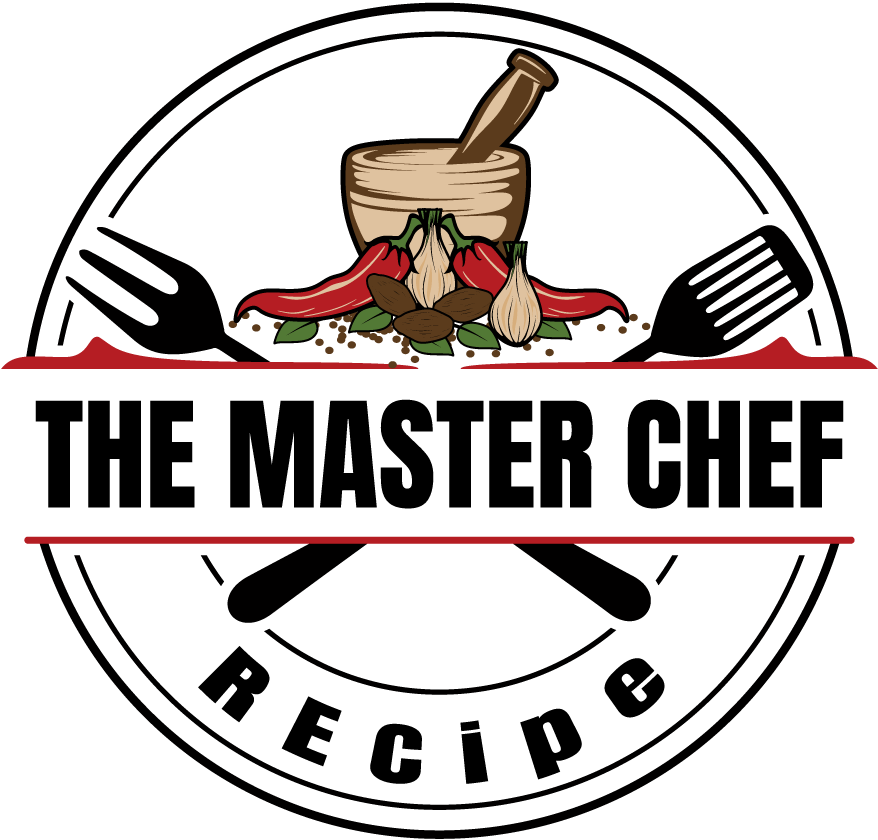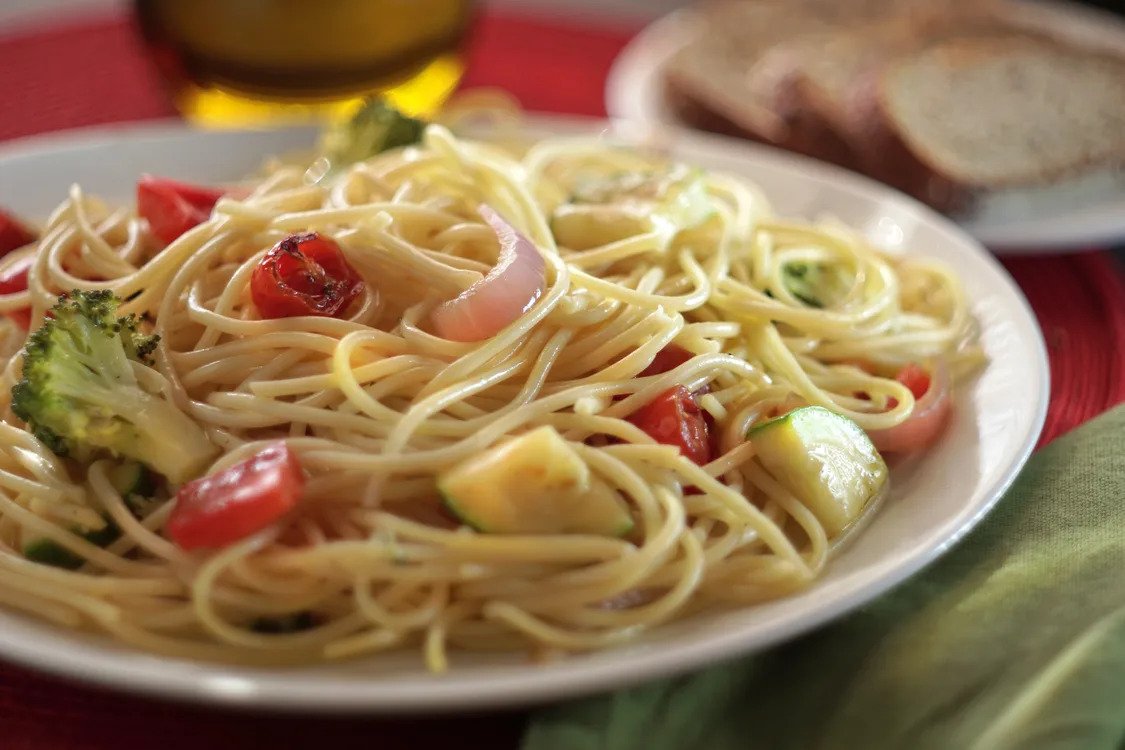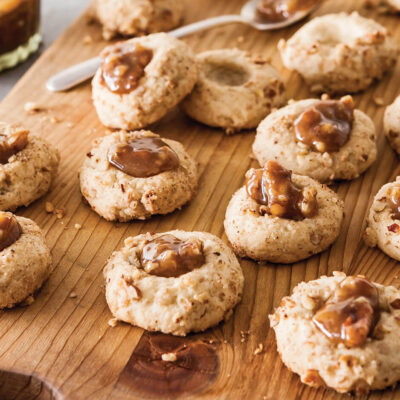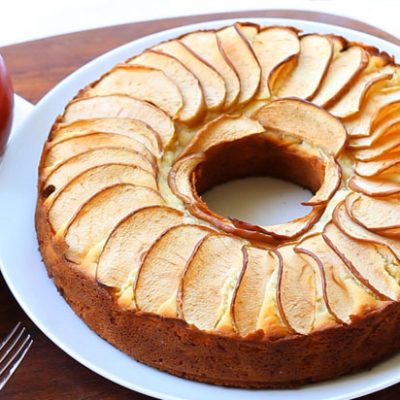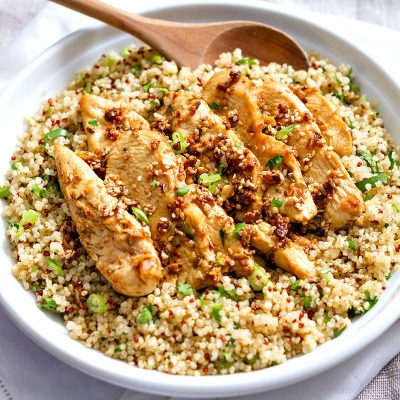Ingredients
- 4 Carrotsregular sized
- 1 Squashlarge
- 1 Zucchinistandard sized
- 1 White onionlarge
- 1 Yellow and bell pepperseach in large quantity
- 1 bowl Cherry tomatoes
- 2 tbsp Olive Oil
- saltto taste
- pepperto taste
- for flavor Mixed herbsfennel seeds, sage, marjoram, rosemary, thyme
- 1 Pack pack of spaghetti3 to 4 servings
- 1 Cup Parmesan cheeseshredded
Directions
We can never get enough of thee word ‘Pasta’ when we come to choose our dish of the day. Now you may feel ‘Why we feel so “pasta loved” all of a sudden? Well, the reason is that we are going to spread the love for pasta through this article, along with a delicious recipe.
Let us take you on a small and quick roller coaster of the history of pasta.
During the twentieth century, Americans built up a relationship with pasta. On the big screen, spaghetti covered relevant jobs in great movies, for example, the Marx Brothers’ Night at the Opera (1935), Disney’s Lady and the Tramp (1955), and Goodfellas (1990).
The pasta turned into an undeniably regular sight on café menus in the United States. However, the Italians’ relationship with pasta has a long, complicated, and energetic history. The course by which spaghetti, ravioli, and tortellini became universal quickly recognized names had taken some astonishing turns throughout the hundreds of years.
HOW IS IT PERFECTED?
While produced using the flour of durum wheat, pasta takes its name from the pale surface of the mixture when it is first blended. Various pasta has various names, many dependent on the different shapes the dough is formed into one. New Pasta is regularly combined, cooked, and destroyed right, though pasta secca is dried to be put away; it is frequently arranged later by cooking it in bubbling water.
The creation procedure is simple, yet the utilizations the completed items are put into are regularly changed. The various states of pasta—cut into squares, folded into tubes, maneuvered into long strings, and bent into spirals—stretch to at any rate 200 sorts, any of which may be utilized in a large cluster of sauces and backups, all with their provincial varieties.
KEEPING IT TRADITIONAL
As of now, you must have realized how intimidating the presence of pasta can be; we are now going to enlighten you with a dish that will not only satisfy your food cravings to a whole level but also soothe your nerves with the easiness of the recipe. It’s simple, traditional, and very adaptable, and here we are talking about the spaghetti primavera recipe, a dish originated in Canada, United States that includes spaghetti or other types of pasta and fresh vegetables.
It’s a straightforward and unique dish that can be either made in an oven or cooked on flames. You can also add in other ingredients to your taste, especially any vegetables, as this dish is all about merging vegetables and pasta while keeping both of their flavors natural and separate.
Try out our spaghetti primavera recipe with the most easy instructions given below.
Steps
1 Done | Cut carrots, squash, zucchini, white onion, and bell peppers into long, thin, and equal slices and place them in a baking try evenly. |
2 Done | Sprinkle salt and ground bell pepper all over the vegetables along with the olive oil, so veggies don't stick to the tray. |
3 Done | Sprinkle the mixed herbs all over the vegetables evenly. |
4 Done | Let the vegetables bake for 20 minutes on 450 degrees heat in the oven. (in case of non-availability of the oven, you can cook all the vegetables in a pan and cook them along with added ingredients until soft and fully cooked. |
5 Done | Boil water for spaghetti and cook until it gets soft. |
6 Done | Strain the water and wash spaghettis in cold water, so they don't stick. |
7 Done | Mix the vegetables and pasta altogether and add the cherry tomatoes and parmesan cheese into the mixture. |
8 Done | Mix well and serve hot with sweet and spicy sauces. |
